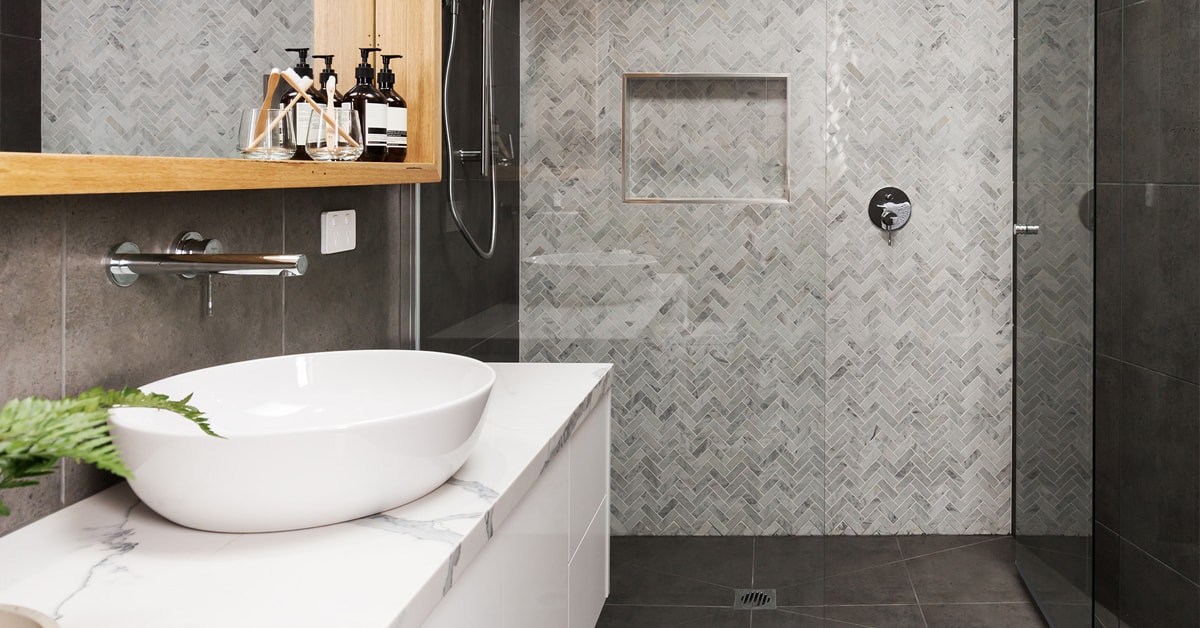First of all, what tiles have you chosen?
Some manufacturers will guarantee the finish on their tiles if they are installed using a specific type of grout that has been pre-tested on their product. A typical example of this is stainless steel, which can tarnish if the wrong type of grout is used.
Always refer to the manufacturer's instructions before using grout with your chosen tiles.


















